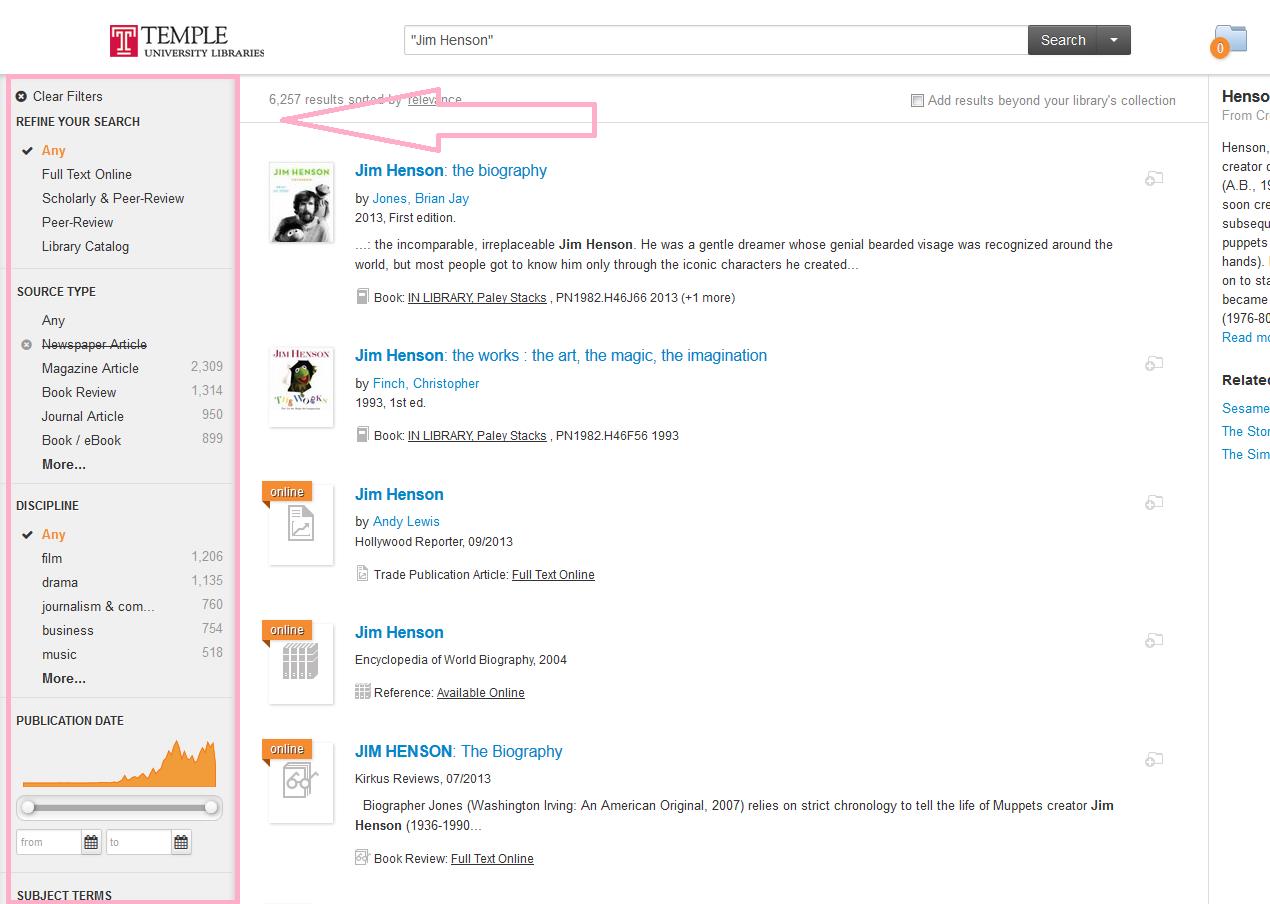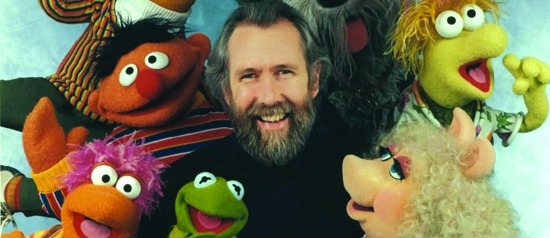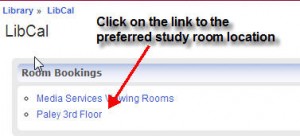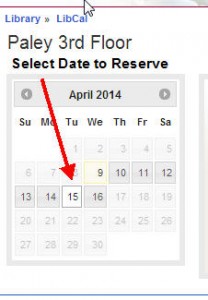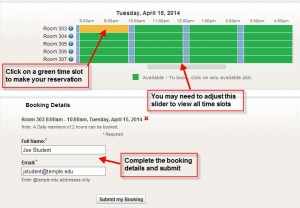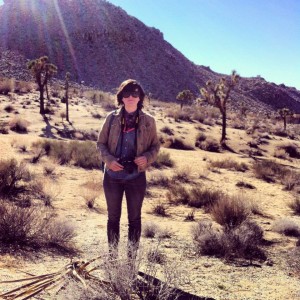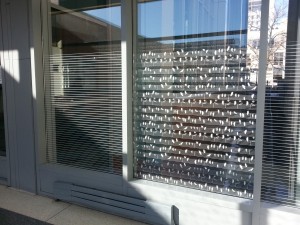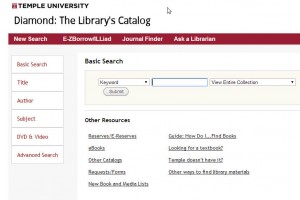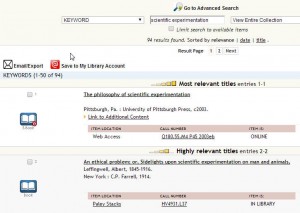As of July 21st, our all-star database Summon has received an update resulting in a sparkling new interface and some helpful new features. (Don’t remember which database is Summon? It’s that big ol’ search box in the middle of the library home page.) Check out some of the changes below:
- Topic Explorer – Summon will automatically plug your search term into one of our reference databases and pull a relevant encyclopedia entry to provide a brief overview of the topic. This will be located in the top right hand corner of the page.
- Increased item information – Whenever you hover over one of the items in your results, you’ll see expanded item information in the right hand column. This can include citation information, but can also include article abstracts and book summaries.
- Suggested search terms – Not finding what you want and having some trouble thinking outside the box? Summon now has prominently displayed “Related Topics” that may help you formulate more effective search terms.
- More easily navigable refinement tools – Now, you can simply select from the left hand side of the page whatever refinements you want to narrow down your search. No more “include” or “exclude”.
- To infinity and beyond – Summon 2.0 uses an infinite scroll, so no more clicking through page by page.
- Folder Storage – The Saved Items folder is now more prominently displayed (it’s in the left hand corner.) Didn’t know you could save items to look at later? We hope the new larger icon will serve as a visual reminder.
Ready to take Summon for a test drive?
And don’t forget:
Summon searches ALL the holdings TU Libraries has access to—this means books, eBooks, journal articles, newspaper articles, magazine articles, videos, films, government documents, etc. If you have a specific research need and Summon isn’t helping, one of our subject specialist librarians will be happy to help you find what you’re looking for.




